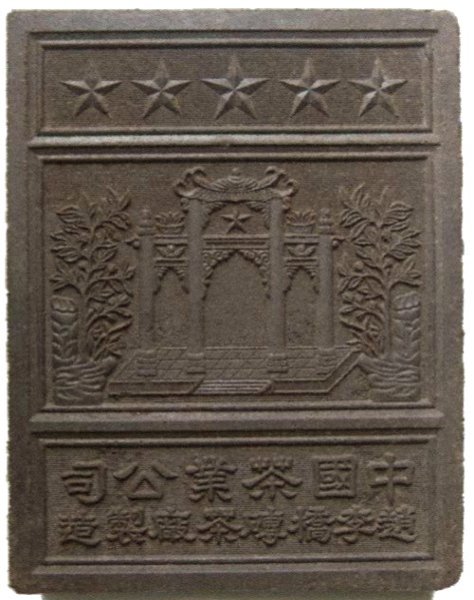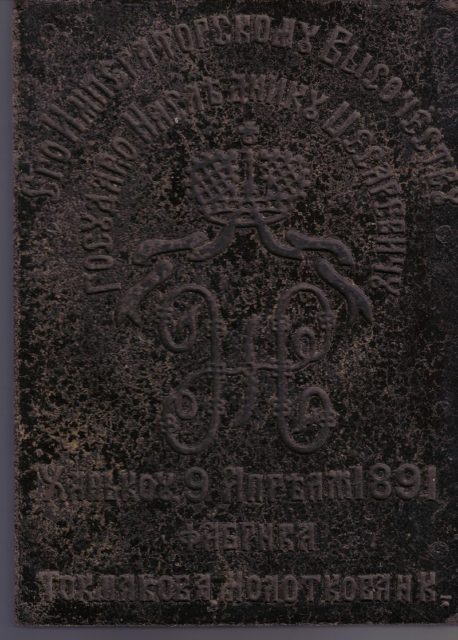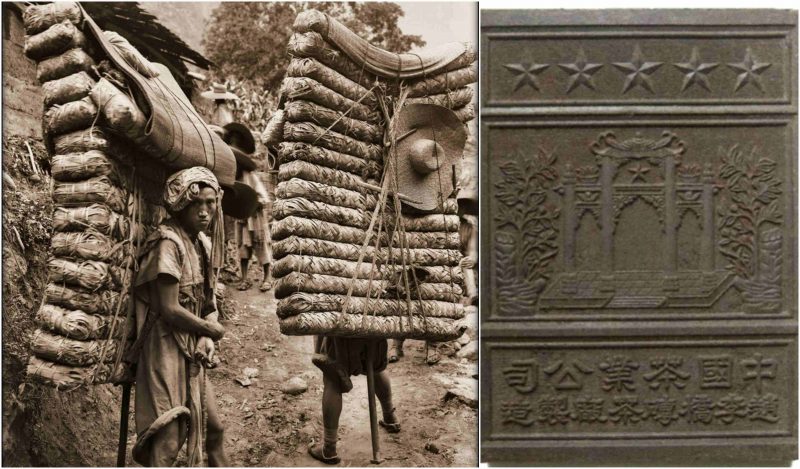Tea bricks, or compressed tea, are blocks of whole or finely ground black tea, green tea, or post-fermented tea leaves that have been packed in molds and pressed into block form. This was the most commonly produced and used form of tea in ancient China prior to the Ming Dynasty.
![Men, human porters, laden with brick tea in a 1908 By ralph repo - Flickr: Men Laden With Tea, Sichuan Sheng, China [1908 Ernest H. Wilson [RESTORED]]. The original can also be seen at the Ernest Henry Wilson’s photographs site at Harvard., CC BY 2.0, https://commons.wikimedia.org/w/index.php?curid=15719140](https://www.thevintagenews.com/wp-content/uploads/sites/65/2016/08/Men-human-porters-laden-with-brick-tea-in-a-1908-488x640.jpg)

In ancient China, compressed teas were usually made with thoroughly dried and ground tea leaves that were pressed into various bricks or other shapes, although partially dried and whole leaves were also used. Some tea bricks were also mixed with binding agents such as flour, blood, or manure to better preserve their form so they could withstand physical use as currency. Newly formed tea bricks were then left to cure, dry, and age prior to being sold or traded. Tea bricks were preferred in a trade prior to the 19th century in Asia since they were more compact than loose leaf tea and were also less susceptible to physical damage incurred through transportation over land by caravans on the Ancient tea route.

Tea bricks are used as a form of food in parts of Central Asia and Tibet in the past as much as in modern times. In Tibet pieces of tea are broken from tea bricks, and boiled overnight in water, sometimes with salt. The resulting concentrated tea infusion is then mixed with butter, cream or milk, and a little salt to make butter tea, a staple of Tibetan cuisine
Although tea bricks are less commonly produced in modern times, many post-fermented teas, such as pu-erh, are still commonly found in bricks, discs, and other pressed forms.
